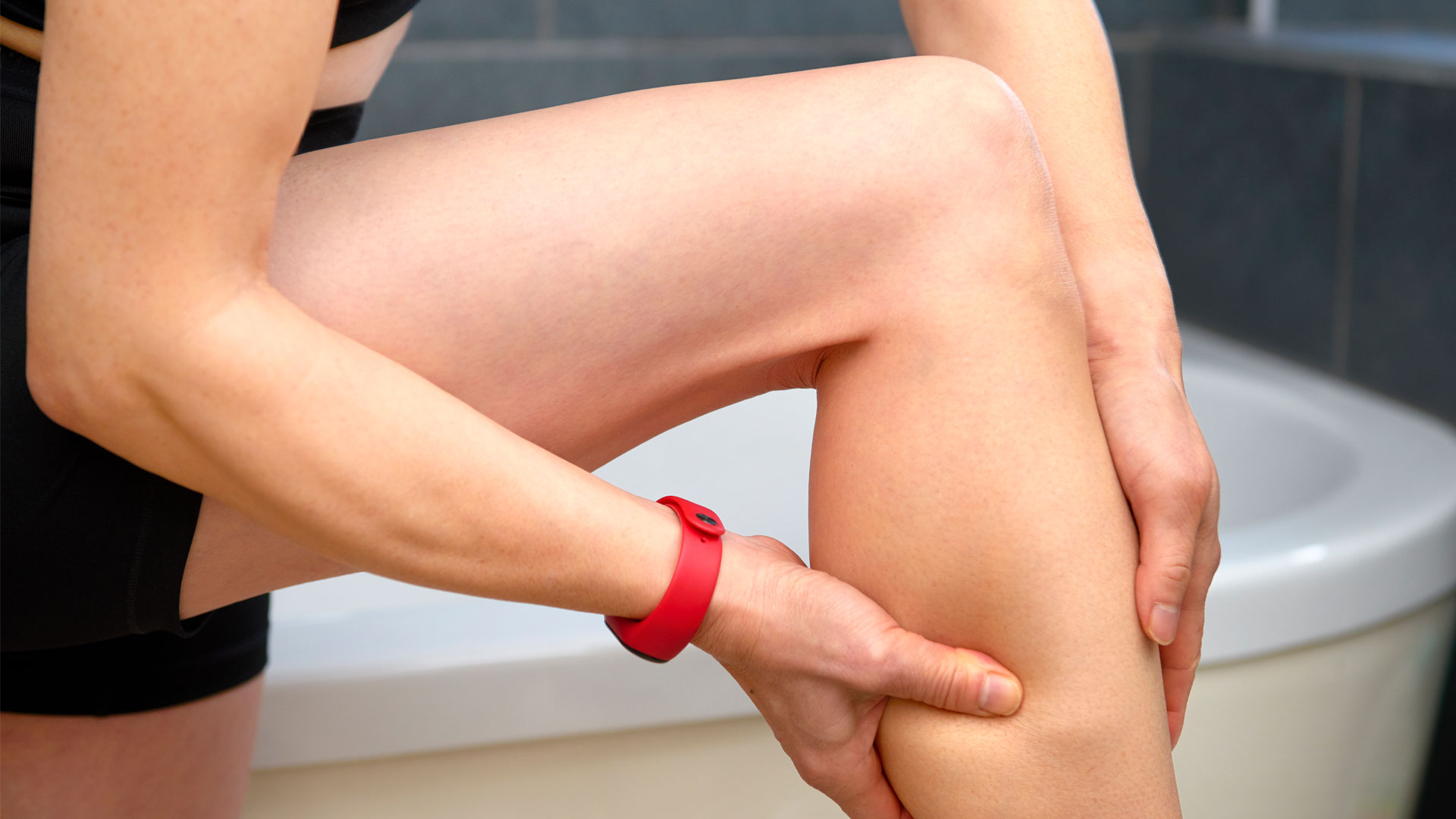How to run faster
We dig into the science around how to run faster so you can get the most from your runs.

Running can be a great way to get fit, but knowing how to run faster is no mean feat. There are different types of running that might appeal to you, such as cross-country, sprinting, or high-intensity interval training (HIIT), and each of these styles is associated with different speeds. Whichever form of running best suits you, all can be used as part of a healthy lifestyle.
A 2021 study by World Athletics shows that running remains a hugely popular form of exercise, with four in 10 people considering themselves to be runners. Hitting the street with the best running headphones, or investing in one of the best treadmills can have you reaping various benefits, such as stronger bones and muscles, improved balance and agility, and improved strides. However, if you’re already a keen runner, it can be challenging to shave seconds off your best time.
So, how do you achieve faster times or beat your personal best using running training? In this article, we’ll look into the science behind running faster and whether different training techniques can help.

Tips for faster running
Eat a nutritionally balanced diet
Give your body the right fuel, water, and nutrition to smash your goals.
Make time for recovery
Get proper rest to prevent injuries and help your body recover after a run.
Set reasonable training goals
Get the world’s most fascinating discoveries delivered straight to your inbox.
Set realistic goals to help you progress naturally. Time yourself running a set distance and create a realistic training plan from there. The best running watches can be a great way to track your performance and progress.
Perfect your running technique
Perfecting your running form and technique could help you improve your running speed.
Invest in good quality shoes
Having proper footwear to support your body as you run can increase your overall speed and comfort.
Incorporate speedwork
Using speedwork helps train the fast-twitch fibers in your skeletal muscles, as we discuss below.
Strengthen your core muscles
Your core muscles are key to supporting your body at all times, especially when doing intense training.
Be persistent and consistent
Stopping after a short period because you see no results is not beneficial to your training. Try to stick to your schedule while being mindful of your body should have you shaving the seconds in no time.
Increase your mileage and speed
If running faster is your goal, there is no need to rush. Make sure you increase your training intensity bit by bit each week to avoid burning yourself out.
Warm-up and cool-down
As you run, you work your entire body, but especially the muscles below your waist and your lower half. Paying careful attention to muscles such as the glutes, hamstrings, core, calves, and quadriceps during warm-ups and cool-downs is essential to recovery and progress.

What are tempo runs?
Why incorporate this type of speed work into your routine? According to Elizabeth Corkum, a certified running coach, "We get stronger, faster, fitter, and leaner when we introduce a new stress, like speed training workouts, to our body.” Incorporating tempo runs into your workout routine can help you reap the following benefits:
- Increased lactate threshold: Lactate threshold is defined as the level of intensity at which your body accumulates lactate faster than it can be removed.
- Increased mental resistance
- Increased speed
- Increased chance of passing your personal best
This increased speed comes from working your muscular-skeletal muscle fibers differently. According to experts at the National Academy of Sports Medicine, your skeletal muscles have two types of fibers that can be trained using either speed work or endurance training. Slow-twitch fibers are fatigue-resistant and used during long-distance runs. Fast-twitch fibers provide big, powerful movements during sprints. Using tempo runs and other kinds of speedwork during your running training could see you getting faster over time.
When getting into tempo runs, it is important to consider your current health and fitness level. Some beginners may find it easier to start by running quickly for five minutes and jogging for three. More experienced athletes may go faster for 10-20 minutes and then slow down for 15. To avoid exhaustion, do not go beyond 40 minutes if incorporating a tempo run into a longer-distance session. While doing your best is great for progress, overworking yourself could lead to injury.

Can lifting weights help your running form?
Experts are unsure whether lifting weights helps with your running form, but it does provide other benefits. According to USATF-certified running coach Jason Fitzgerald, "Strength work accomplishes three big goals for runners. It prevents injuries by strengthening muscles and connective tissues; it helps you run faster by improving neuromuscular coordination and power, and it improves running economy by encouraging coordination and stride efficiency." In other words, muscle training can improve your speed, prevent injury, and aid your running economy.
According to researchers at the Sports and Exercise Medicine Research Centre of La Trobe University in Melbourne, lifting weights can teach your body to use less energy and oxygen during a run. In this study, runners used up to 8% less energy and oxygen during timed trials when they incorporated strength training. In our article does running build muscle? we discuss how adding strength training to your routine can bring various benefits, including faster runs and reduced fatigue.
Knowing how to run faster is just one part of your progress. As long as you are persistent, incorporate speed workouts and muscle training, fuel yourself properly, and allow your body to rest and recover between workouts, you should start seeing your times improve. Make sure to listen to your body and work within the range of your ability while training to avoid injury.
Whether you prefer to explore your local area or use a gym treadmill, it is possible to run faster by changing up your routine.
Chloe Page is a UK-based freelance writer and editor with a bachelor’s degree in Creative Writing from the University of Winchester. Over the span of her seven-year freelancing career, Chloe has covered various niches, including health, fitness, plumbing, entertainment, and music. Her work includes interactive fiction, blog posts, and web copy. When she’s not writing, Chloe enjoys streaming, cycling, and trying new recipes.



